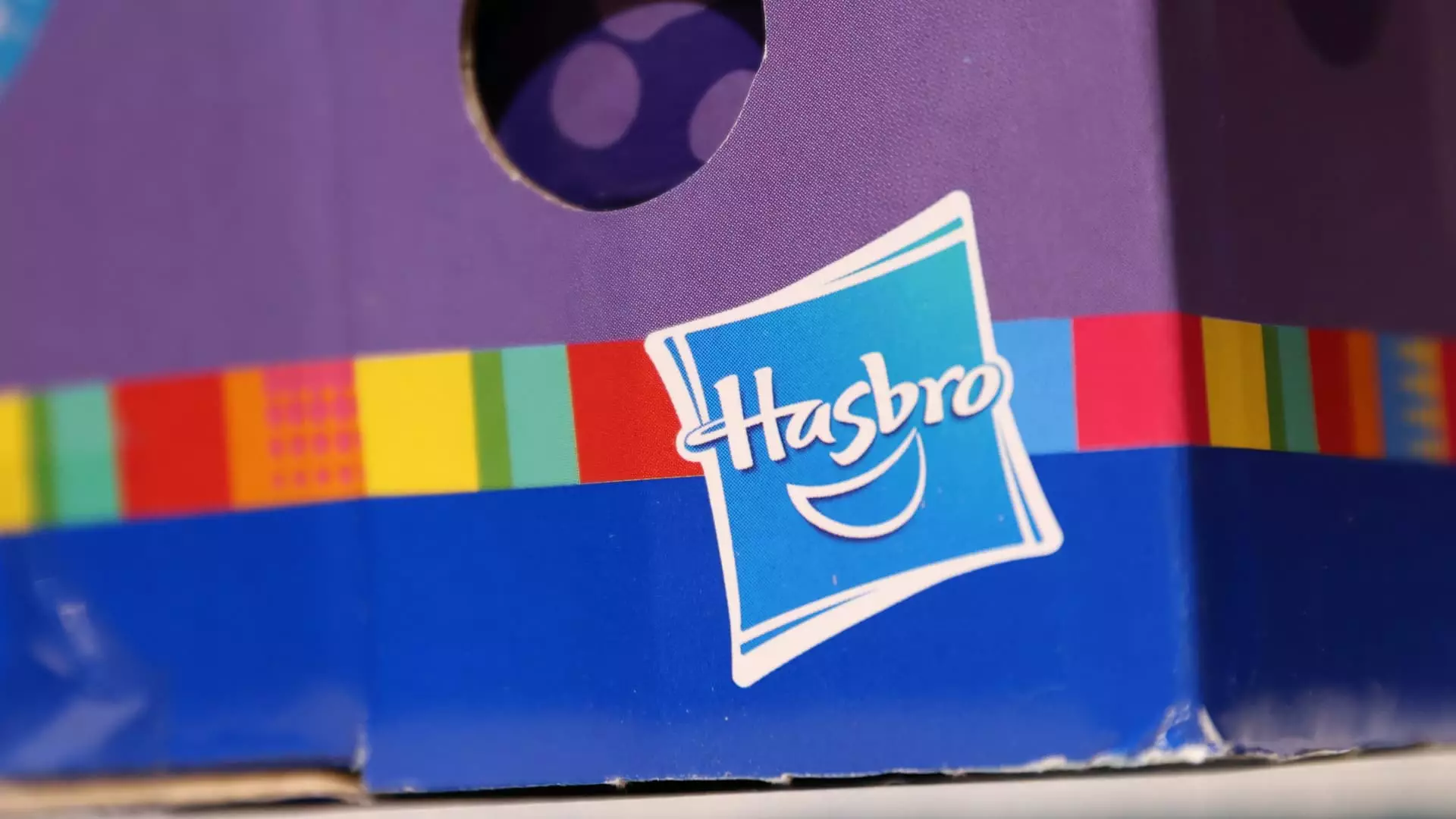In an era where geopolitical dynamics significantly influence global commerce, Hasbro, the renowned toy and gaming titan, is exhibiting a proactive approach in response to fluctuating trade policies, particularly those concerning tariffs from China. While the company faces potential challenges, its leadership has outlined strategies aimed at mitigating the repercussions of these economic factors. Amidst rising tensions and tariff modifications, Hasbro’s executives remain optimistic, recounting the company’s plans to adapt through shifts in manufacturing and strategic pricing.
During a recent earnings conference, Hasbro’s Chief Financial Officer, Gina Goetter, articulated the anticipated effects of U.S. tariffs on goods sourced from China, Mexico, and Canada. The company’s forecast for 2025 includes an adjusted Earnings Before Interest, Taxes, Depreciation, and Amortization (EBITDA) estimate between $1.1 billion and $1.15 billion, a slight uptick from the previous fiscal year. Importantly, these figures consider potential tariff impacts, which continue to loom over the company’s operational costs. Hasbro’s willingness to embrace innovation in its supply chain underscores a robust commitment to flexibility in an unpredictable marketplace.
Emphasizing the need for a diversified sourcing strategy, Hasbro aims to reduce its dependency on Chinese manufacturing from approximately 50% to below 40% within the next two years. Goetter substantiated this initiative by stating that China remains the primary focus for the company’s supply chain overhaul, as minimal operations are conducted in Canada and Mexico. This strategic pivot not only addresses tariff implications but also reflects a broader trend among manufacturers seeking to lessen reliance on any single country, thereby buffering against future trade instability.
The broader toy industry is forecasted to encounter stagnant growth this year, despite Hasbro’s determination to maintain a competitive edge. CEO Chris Cocks predicts a “flattish” performance across the sector, though he highlights areas of potential growth such as trading cards and building block products. Notably, the company’s licensing division emerges as a critical contributor to profit margins, evading much of the tariff-related turmoil impacting physical product lines. By leveraging its intellectual property and creative partnerships, Hasbro can navigate economic challenges more effectively than others.
In an exciting turn of events, Hasbro recently announced a partnership with rival Mattel to develop a unique line of Play-Doh versions of Barbie dolls. This creative collaboration reinforces Hasbro’s commitment to innovation while enabling both companies to explore new dimensions in design and functionality. Cocks emphasized that initiatives like the Play-Doh Barbie allow children to engage their imagination, cultivating a fresh experience that resonates well with the evolving toy market and parental preferences.
Despite facing a downturn in revenue, Hasbro’s performance outpaced market expectations in the fourth quarter. Generating $1.1 billion, the results, although down 15% from $1.29 billion the prior year, still surpassed analyst forecasts, with adjusted earnings per share reaching 46 cents, above the anticipated 34 cents. The decline in overall revenue can be partially attributed to divestitures, notably the sell-off of the eOne film and television division. Ignoring those effects, the annual revenue drop reflects industry-wide challenges rather than isolated corporate pitfalls.
Hasbro has demonstrated considerable growth in its digital gaming sector, with a 22% increase in revenue from digital and licensed gaming in 2024, reaching about $471.7 million. This segment highlights a shift towards embracing technology and providing engaging experiences for consumers through mobile platforms, including the successful Monopoly Go! game. This pivot not only signifies a promising future for Hasbro in the digital space but also positions the company as a forward-thinker in an industry rapidly moving towards interactive entertainment.
As Hasbro navigates the complexities of tariffs, shifting consumer preferences, and market fluctuations, its strategic maneuvers reveal a resilient and adaptive business model. While challenges loom on the horizon, proactive measures in manufacturing, innovative product development, and expanding digital revenue streams set the stage for Hasbro to maintain its presence as a leader in the toy and gaming industry. The coming years will undoubtedly test the company’s strategies, but with a clear focus on diversification and innovation, Hasbro seems well-prepared to face whatever challenges arise.

